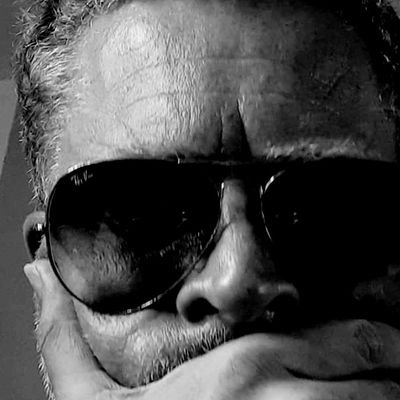Preserving the Past: The Ethereal Allure of Luang Prabang’s Dawn and Dusk
Luang Prabang, Laos, emerges from the mists of time each morning with the silent procession of hundreds of saffron-robed monks moving through its streets, a ritual that captures the essence of this UNESCO World Heritage city. Nestled at the confluence of the Mekong and Nam Khan rivers, Luang Prabang is a vision of peace and timeless beauty, 370 kilometers northwest of Vientiane.
This city, known for its Buddhist temples and French colonial architecture, holds a tranquility that is both palpable and profound. The daily morning alms ceremony, where local Buddhists offer food to monks, is not just a ritual but a connection to centuries of spiritual tradition. This sacred practice sets the tone for a day where the past and present coexist seamlessly.
Despite its accessibility to tourists, Luang Prabang retains an air of seclusion that has preserved its mystical allure through various historical epochs—from the era of the Lan Xang dynasty in the 14th century, through French colonial rule, to the civil unrest of the 20th century. The city’s architecture, from the sweeping roofs of Wat Xieng Thong to the intimate streets lined with heritage buildings, tells stories of devotion and resilience.
As the sun sets, the life of Luang Prabang slows down to a serene pace. The Mekong River, a lifeline of the city, reflects the fiery hues of dusk, while monks chant evening prayers that echo against the backdrop of lush mountains. The blend of natural beauty, spiritual devotion, and a community living in harmony with its environment makes Luang Prabang not just a tourist destination but a retreat for the soul.
In 1995, recognizing its unique cultural and historical significance, UNESCO declared Luang Prabang a World Heritage Site, ensuring its preservation for future generations. Today, as tourists meander along the riverbanks or dine under lantern-lit skies, they participate in a living history that continues to enchant all who visit.



